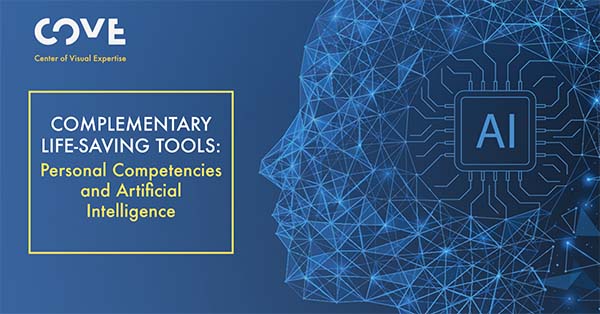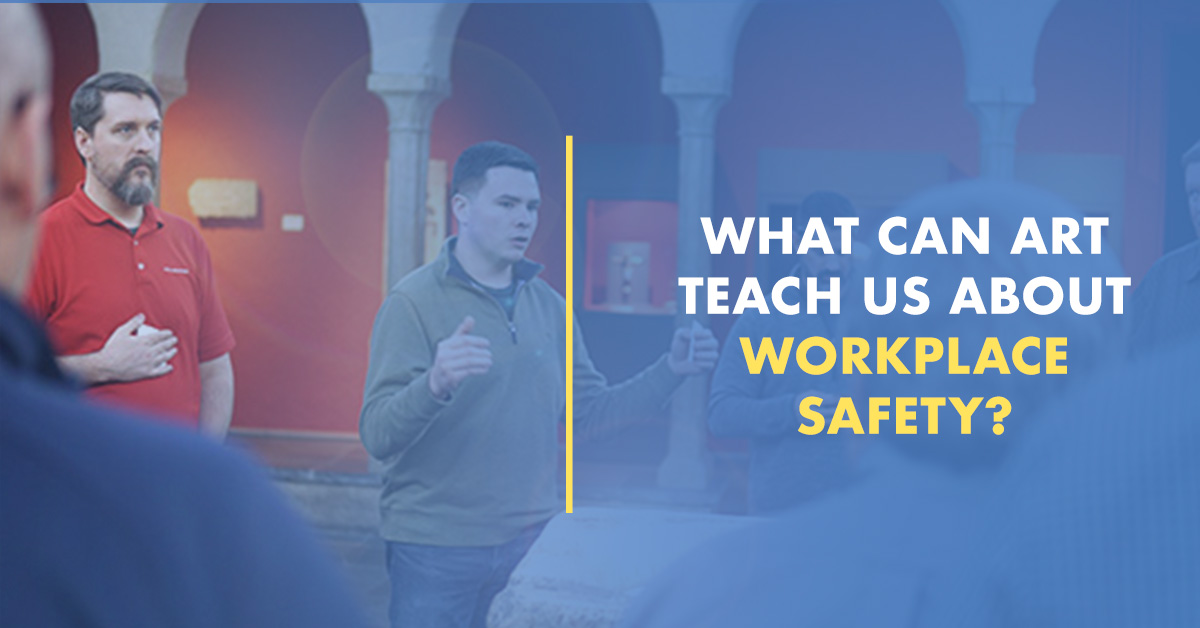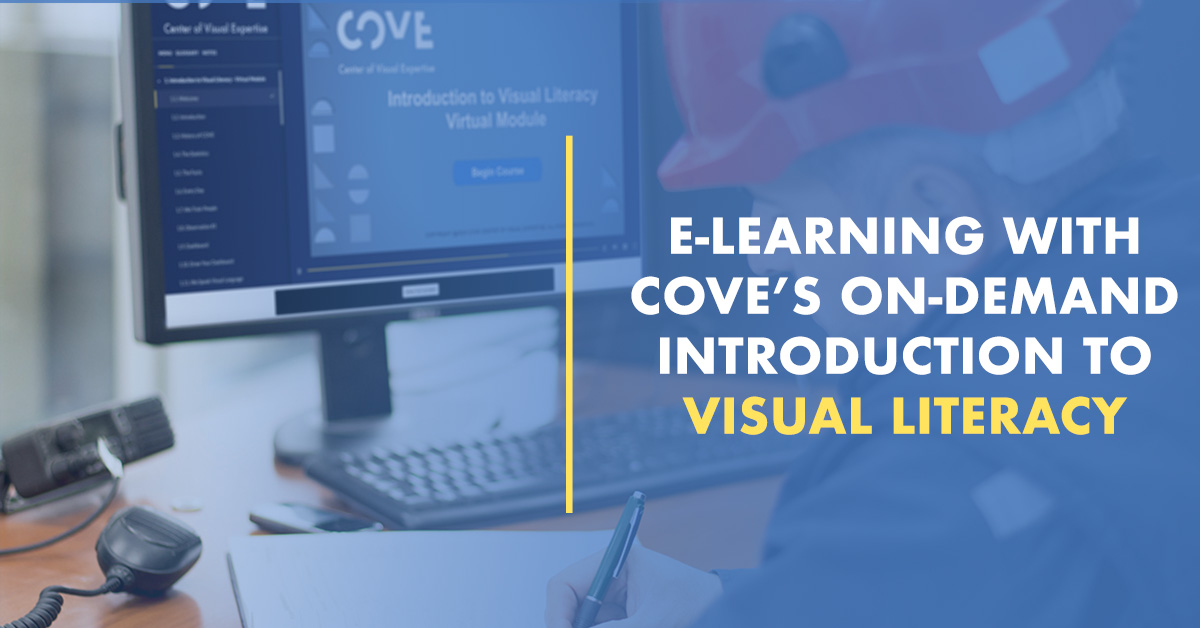Environmental safety and health and every segment of the economy is inundated daily with artificial intelligence (AI) news, articles, Hollywood films, conference panel discussions, lectures, webinars, expositions, podcasts, videos, advertisements, social media posts, etc. You would think the dawn of AI broke recently — on November 30, 2022, when ChatGPT was launched by San Francisco-based OpenAI.
You would be off by more than 65 years. The field of AI was born in 1956 at the Dartmouth Summer Research Project on Artificial Intelligence. We think of technology advancing at the speed of light – not incrementally over the course of seven decades. Only in the past few years has AI media coverage, sales and marketing and application advances surged and dominated business conversations.
The conversation proceeds something like this as it relates to environmental safety and health:
As organizations strive to ensure safe workplaces, accepting AI as a tool to improve EHS practices is a necessary evolution. The power of AI enables businesses to predict, monitor, identify and mitigate risks – increasing efficiency, productivity and reducing injury events and close calls.
Assessing AI’s current and future potential to be an EHS game-changer is an important and necessary conversation. But the conversation needs to encompass more than promoting the latest wearables, sensors, robotics, monitors, software, algorithms and applications. The EHS profession has always been bifurcated, with its so-called “hard” component – engineering – and its “soft” side – people skills. AI will not change this equation. The conversation, to be most beneficial, should point out the numerous ways AI and human personal competencies augment each other, strengthen each other, to reduce risks and take EHS performance to new heights.
No Going Back; No Fear
It is important to emphasize that criticism or fear of AI or technology more broadly steers conversations in the wrong direction. There is no turning a back. We are past the tipping point. Yes, the adoption curve is in its early stages. Only about five percent of companies nationwide currently use AI, according to the Census Bureau. It is likely to take years for AI to trickle down from Fortune 500 EHS trials, pilots and systems to applications in mid-size and small companies. But widespread use and measurable improvements in EHS behaviors and organizational processes are coming, according to technology analysts. It is inevitable as the fact that in 2023 there were almost 8.9 billion mobile phone subscriptions worldwide, and approximately 1.5 billion personal computers in use globally, according to statista.com.
Cellphones, desktops, laptops and an ever-expanding array of AI products produce overwhelming amounts of visual inputs. Ninety percent of the information transmitted to the brain is visual information. Personal competencies come into play, into the conversation, to understand all that visual information; how we analyze the broader context surrounding images; interpret the meaning of the inputs we’re collecting; and decide what we’re going to do to solve EHS problems and mitigate risks that come to our attention. Then we must communicate, and perhaps persuade and negotiate, our risk management plans in order to achieve implementation.
Critical thinking is a personal competency that enables us to take visual inputs such as hazards and at-risk behaviors and deconstruct their root meaning to develop solutions to keep our people safe. Critical thinking today is more important than ever before. AI’s contributions exponentially expand the visual age we live in. An IBM survey a few years ago ranked behavioral skill gaps more significant than digital skills in the future — critical thinking was number five on that list.
Visual Literacy is a Critical Skill
The good news: visual literacy is a form of critical thinking. Visual literacy skills augment AI. Never has there been a time to be more visually literate — to slow down, pause, observe in close detail, describe, understand and communicate what we see. AI surveillance cameras throughout a work environment can present us with a plethora of images.
For example, you can be presented with a 24/7 stream of real-time images / visual inputs taken from CCTV and security cameras positioned throughout a work environment using AI software to train the camera (or drones) to identify hazards such as:
- Poor housekeeping
- Leaks and spills
- Misused or neglected PPE
- Unsafe use of stairways
- Walking in the line of fire
Visual literacy skills as taught by the COVE: Center of Visual Expertise, assess these images closely and objectively (without blinding biases) in terms of context, meaning and risk management:
Poor housekeeping – Why is there clutter? Insufficient clean up time? Competing priorities? Lack of storage and trash receptacles? What is the potential here for severe injury, and how frequent might these injuries occur? How is housecleaning to be improved in a sustainable way?
Leaks and spills – What are the causes? The sources? Why are these hazards not being cleaned up? What is the potential for severe injury, and how frequently might these injuries occur? What emergency controls and protocols need to be put in place?
Misuse or neglect of PPE – Why is PPE misused or not used? Poor fit? Poor quality? Heat? Limited mobility and dexterity? Discomfort? Poor communication? Insufficient training? What are the risk exposures to the head, eyes, ears, hands, feet and failure to wear respirators? What is the potential for severe injury to these body parts due to exposures, and how likely is injury to occur? How is PPE compliance to be improved?
Unsafe use of stairways – Why are handrails not being used? Why are workers rushing, taking two steps at a time? Production demands or simple shortcuts? What is the potential for severe injury on the stairways and how frequently are stairs being used dangerously? What behavior change strategies should be considered?
Walking in the line of fire – the AI monitor shades and outlines safe walking zone boundaries. Why are workers ignoring these boundaries? What risk exposures are near the boundaries? What is the potential severity of injuries caused by walking out of bounds, and how frequently does that behavior occur? Should safe walking / working zones be more clearly marked? Is more prominent signage needed? Training improved? Better behavioral observations and coaching?
Do You Really Know What You See?
We move through a distribution center, construction site, oil and gas field, manufacturing facility and other indoor and outdoor work environments throughout a shift. How many times do we pass a hazard every day, or multiple times a shift, that we fail to see, operating out of habit on automatic pilot? These environments are dynamic, always changing. How many times do we observe a hazard that is visible for a moment, then hidden from view? Visual literacy competencies teach us not to be too confident in our ability to recognize hazards. To expect the unexpected. This is another case of human skills complementing the power of AI.
AI produces constant streaming visuals, processes vast amounts of data, and identifies patterns. Still, critical thinking, human judgment, empathy, contextual understanding, understanding organizational cultures and values, and risk mitigation problem-solving are crucial in many EHS situations. EHS professionals bring a level of intuition, curiosity, creativity, personal institutional memory, strong interpersonal skills and resourcefulness that AI currently struggles to replicate. AI’s contribution to image data analysis and risk assessment and management is inevitably going to increase, but human skills, oversight and intervention will remain essential for the foreseeable future.




